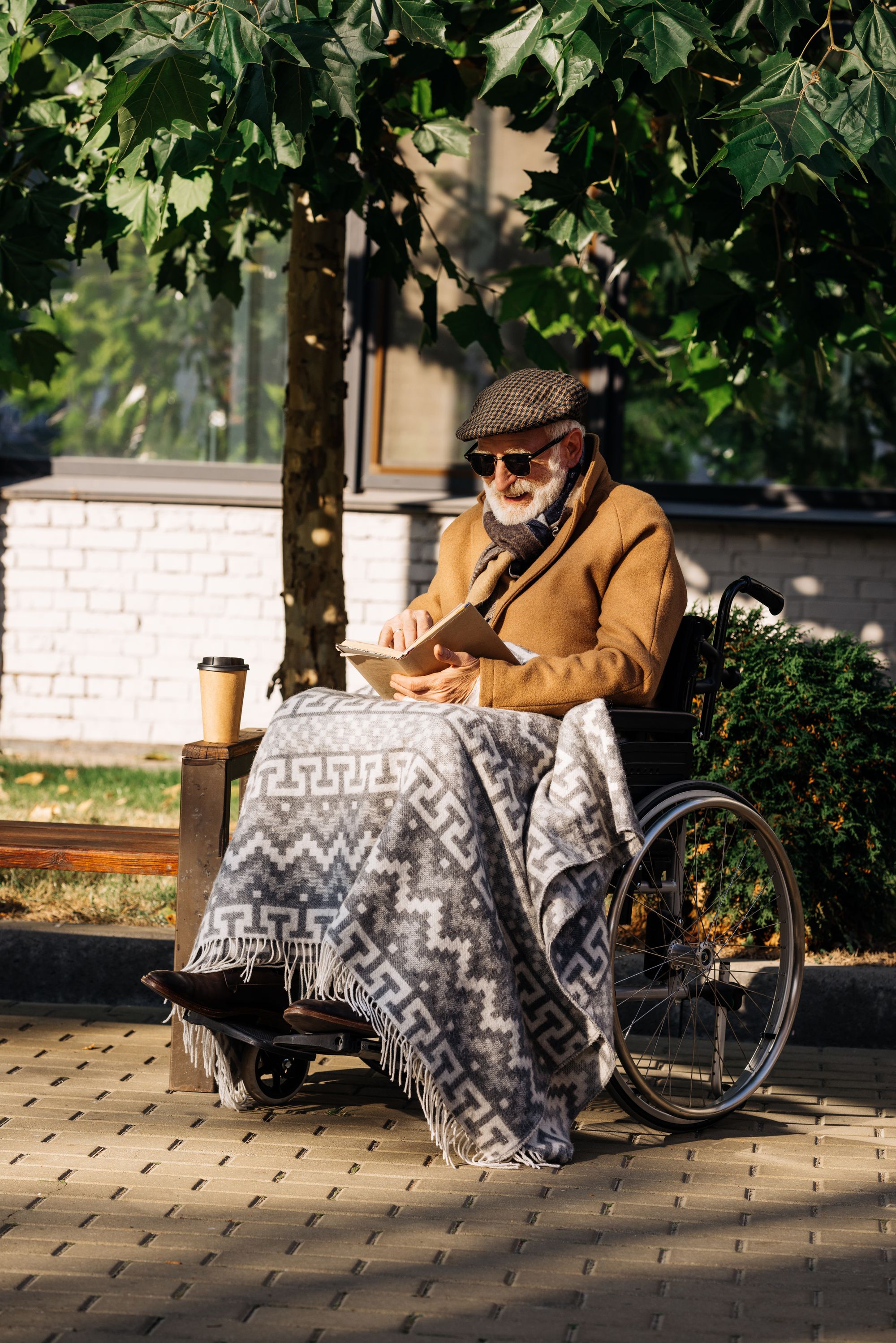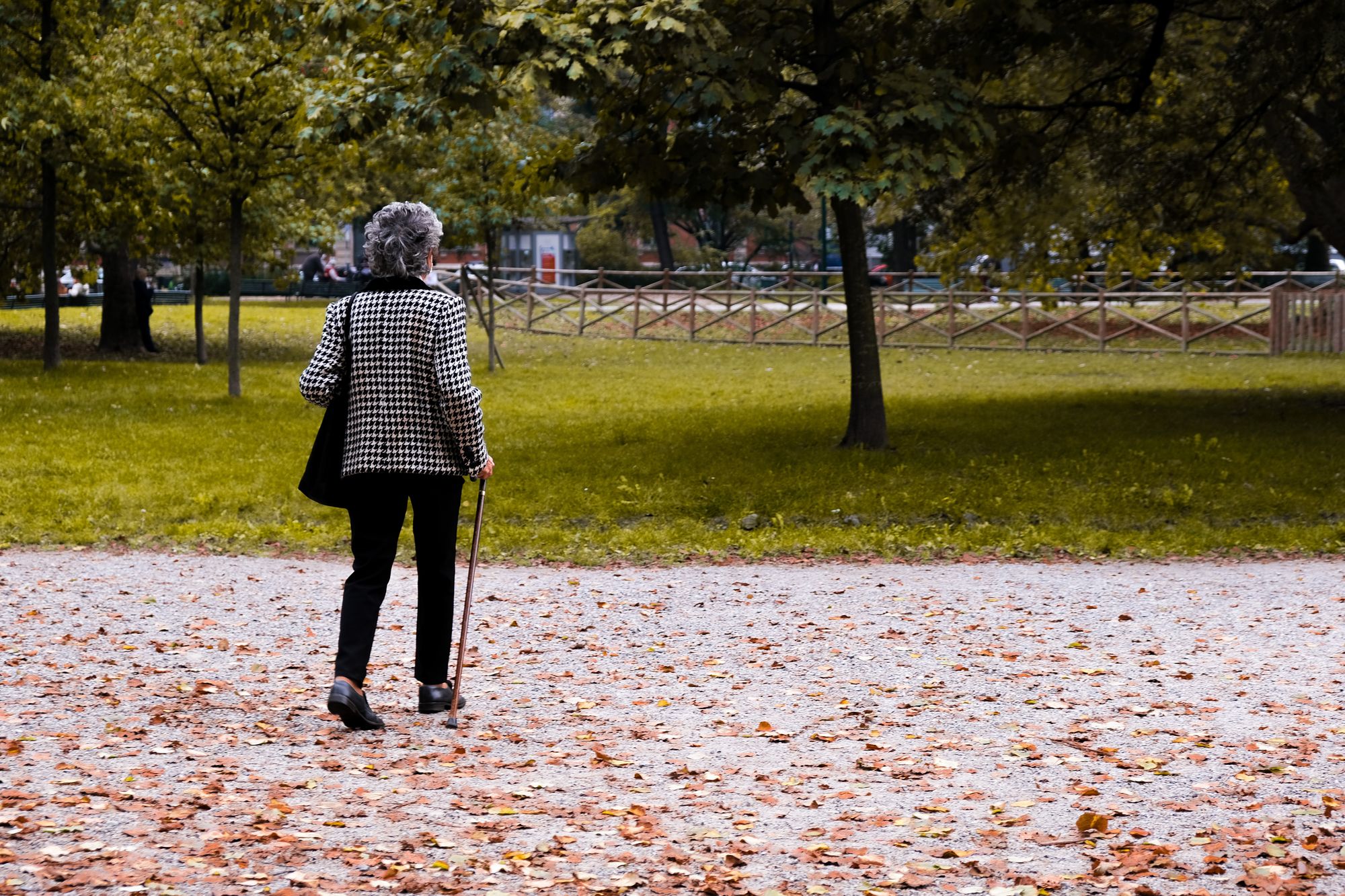
It doesn't take long to cripple ourselves. Just watch.
As in watch all day, all night, and see what happens to your spine. Your brain, your organs, your entire body.
Kevin Plummer is my sports chiropractor. At well over six feet and dynamic as hell, he sports the cobbled belly that is the envy of any man. A decathlete in his youth, he competed successfully. That competitive lifestyle ingrained his lifelong training habits. Today at 48, he can jump higher, lift more and run faster than he ever did at 20. The same doesn't go for his younger brother.
While I was on the table yesterday morning for my regular Monday adjustment, Kevin was telling me about his extremely busy practice. People are pouring in with injuries, he explained. His younger brother was among the injured.
"He called me the third time from Urgent Care," Plummer explained. "At that point, I told him just to get the surgery for his disc."
Kevin's brother spends an inordinate amount of time watching sports. In fact, he records all kinds of games so that he can watch them until the wee hours of the morning most nights. He gets all excited and enthusiastic, but he isn't motivated to move of his own accord.
Just to watch others move for him.
I asked Kevin about this. As someone who loves football, I can relate. However, when I watch football, I'm usually on my training bike, which isn't exactly the same thing. If I get excited about a tackle or a catch, I ride harder, rather than scream louder.
That vicarious exercise program has cost him his back, Plummer explained. When we choose to armchair quarterback as opposed to quarterbacking outside with the kids or our friends at the park, we lose our spinal health.
But that's not the half of it. The story of Kevin's younger brother is the story of the American lifestyle writ large.
This man, who is barely halfway through his life, is carrying far too much extra weight, as do many of us especially after quarantine. Even if you do exercise for an hour each day, the cumulative effective of sitting for the majority of the day as well as settling in for a lengthy movie series or endless games can cause serious health problems, and you can end up in a wheelchair instead of your easy chair.

From the article:
Sitting for long periods of time increases your risk for colon, endometrial and, possibly, lung cancer by 66 percent, according to a study, which looked at more than 4 million individuals and 68,936 cancer cases. The research found that even in physically active individuals, sitting increased the risk, and the risk worsened with each two hour increase in sitting time. (author bolded)
Worse, if you believe that an hour of exercise is your Rx against back problems and the diseases associated with too much sitting, you'd be wrong. Even if you do put in your regular hour, if you sit the rest of the day and well into the night you are nearly as susceptible to these sitting diseases as those who don't exercise at all.
Those of us who are regularly active but who got sidelined from our favorite activity because of quarantine suffered in a different way. Again from the article:
A few weeks of inactivity can cost you all the progress you've made. The more often you take breaks of inactivity, the faster you regress with each one. Your endurance level and cardio health are the first victims. They start to go out the window in no more than two weeks. Then you’re back to your inactivity levels in no time. According to studies that amount of oxygen people can uptake and use dives within a month of not training.
The good news is that our capacity returns swiftly as well, albeit you and I have to start out slowly and respectfully to return to our pre-Covid norms. Since I hauled off and fractured a toe twice under quarantine, even my walking and hiking have suffered. I've returned to both, didn't rush in and am nearly back to pre-Covid levels.

While the medical community has long been clanging the alarm bell about the damage we do to ourselves from settling into our couches for reruns of Game of Thrones, a combination of a year of quarantine as well as working at home has exacerbated those effects. Kevin's younger brother has been damaging his body for years, choosing to sit and watch rather than get up and go do. As have most of us, when we choose a sitting job rather than an active one.
Most of us have no clue whatsoever how much time we sit. Being in our cars and moving gives us the false sense of activity, when it's just sitting in a moving chair. Going to the game is little more than sitting to get to the stadium, then sitting for three more hours watching others play hard. That's not exercise.
By choosing to watch sports to keep himself engaged rather than engage in them the way his older brother Kevin does, this man, barely into middle age, is steadily reducing his life expectancy:
People who watched an average six hours of TV a day lived an average 4.8 years fewer than those who didn’t watch any television, an Australian study found. Every hour of TV that participants watched after age 25 was associated with a 22-minute reduction in their life expectancy.
Not only that, the chronic pain we often suffer leads many of us to surgeries rather than to better body care.
Plummer said, "About 97% of all back surgeries are completely unnecessary. If we exercised more we wouldn't have the damaged discs." He said that now that quarantine is beginning to lift, he sees all kinds of back pain issues. Worse, people are opting for complex and pricey surgeries that may not be helpful at all.
While Kevin can often click me back into alignment, if I refuse to move regularly, sit all and night and force my body into unnatural positions for most of every day, there is nothing he can do. Nor can surgery help.
There really is only one meaningful intervention, and that's to move more often. Here's what you can do, and here's what I did in my own home. While situations vary widely in terms of what your living space allows, as well as your neighborhood, you might be able to adapt some of these to put more move into your groove, and avoid the wheelchair altogether.
How I Hacked My House for Regular Movement
- I created a downstairs gym, with weights and bands for easy access to quick exercises
- There are small weights around the house: bedroom, office, living room. I can get up and do quick sets at any time.
- There are pullup bars across two doors; one upstairs and one down. That makes it easy for me to do a few coming and going.
- I set up an elliptical and bike on a trainer with a TV where I can watch something while I work out.
- I live where I can hike, bike, ride, run. I know that's not available for everyone but if you can, do it. I take breaks when I get weary and when I exercise it's better than a cup of joe.
Kevin explains that you and I don't have to be a retired decathlete to integrate regular movement into your day. You can put two minutes of activity into an hour and help control the effects of constant sitting. A little more is even better. Anyway you look at it, the more you move, the more you live. The more you move, the more you live well.
At 68, I have the additional ongoing daily skirmish of creeping age, which can only be kept at bay by regular movements, good food and engagement. I will age, I am aging, but the quality of that aging is directly affected, as with all of us, by how often I get up and get going.
To that, I am publishing this, and then I am going on a four mile hike with a new friend and her dog. She's ten years older than I am, and she needs the workout as much as I do.
For it's not just about keeping a youthful spring in our steps. It's about being able to step out in the first place. And speaking of stepping out, the sun is shining, Nature beckons, and it's time to move.


Comments powered by Talkyard.